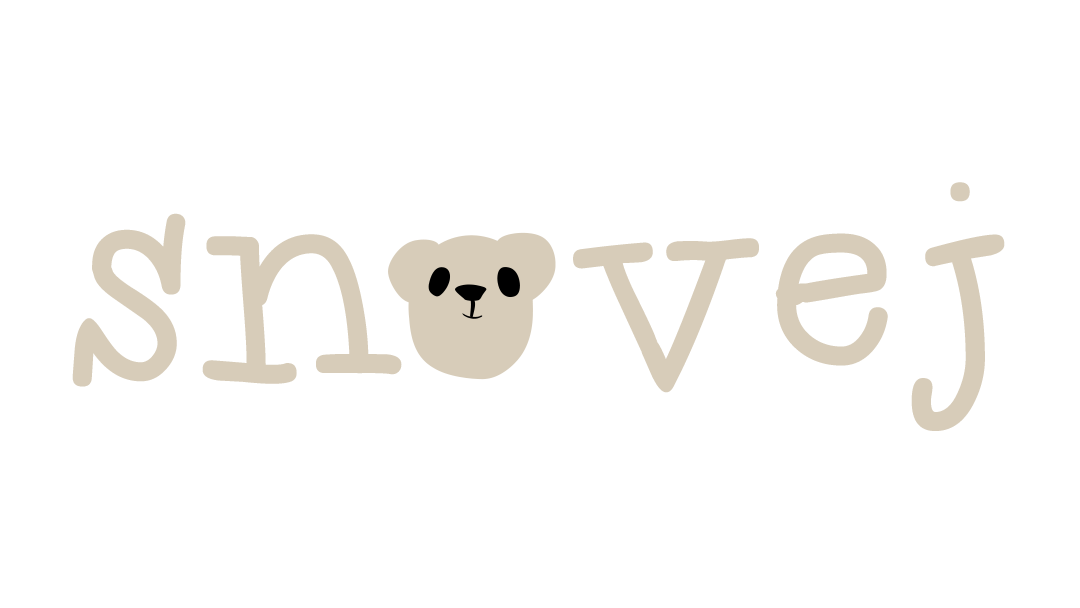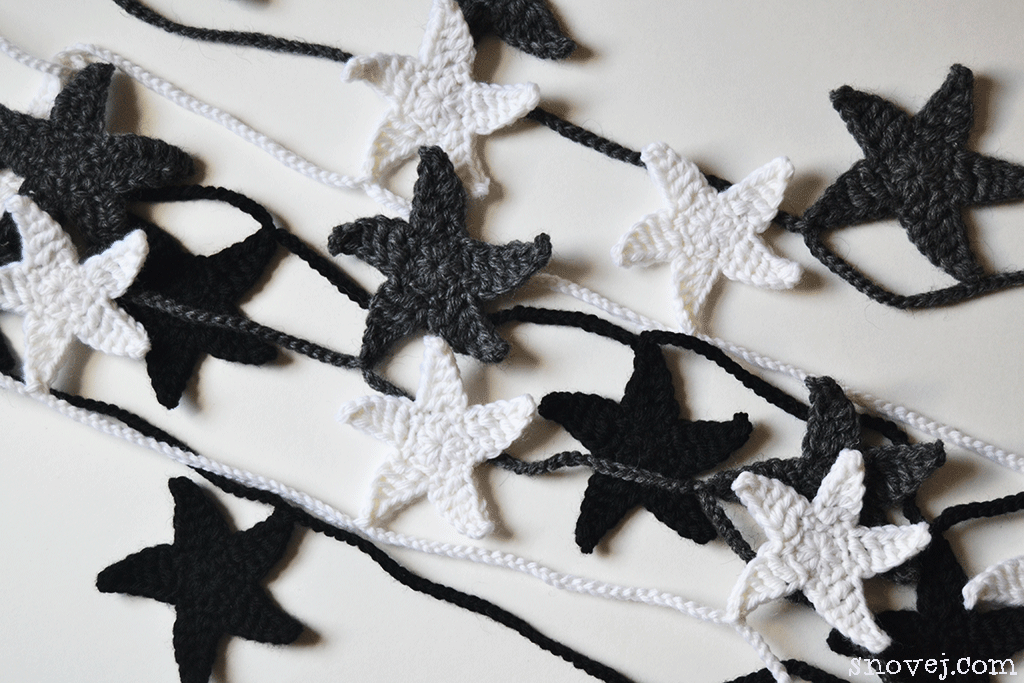In online sharing, a strong, sharp photo is important! It will draw attention to your work!
As a blogger and a writer of photo tutorials, I’ve had to learn to take good photos. I’m still learning and still finding new ways to use my camera. I’m also an administrator of two groups on Facebook: Freeform Crochet World and Snovej Circle. In the groups, crafters share photos of their work. Photos that often don’t do justice to the awesome work they’re trying to show. If this is your problem, this article is for you …
This past week there hasn’t been much time for crafting. I’ve been a full-time Granny Nanny to Dexter while his parents went to California for a Disney Half Marathon. I’m proud to say they both made it to the finish line! This was their first!
I am currently working on more mittens for Lars in Minnesota, and I also made a handmade birthday card. Most of my own time this week has been spent playing with my camera. Which is sort of funny because I can’t upload any pictures due to my laptop still being out of order.
I have a Nikon D3100. It’s a DSLR (digital single-lens reflex camera) and I’m still learning how to use it. However, you don’t need a fancy DSLR to take good photos; even the cheapest point-and-shoot cameras or phone and tablet cameras, can take awesome photos. My first advice to you is to learn to use the camera you have! The Nikon was my first digital SLR, and I was in awe as well as feeling like a fish on dry land. Having learned photography in journalism school way before the digital age, I even felt I was “wasting film” while taking photos in order to learn. I’m still subconsciously trying to avoid “waste”! Silly me!
My camera came with a manual, of course. The problem with the manual was that it’s written in Finnish. I painstakingly studied it over and over and didn’t learn much at all. Until I realized there’s a free English version online! I also found a lot of information about my camera, like a Dummies book! And videos! If you need help to understand your camera, do an online search. You might find lots of help!
Besides a camera and the object to photograph, you’ll need the following for a bright and clear photo:
Proper light, simple background, and a good setup!
Light
Unless you have professional photography light fixtures, you need to use indirect natural daylight. Normal artificial lights will distort the colors, and so will the flash on your camera! Find a big window or glass door and place your object close to it. If the sun shines through too much, cover the window with a white sheer cloth or white silk paper. It needs to be flat against the glass to avoid any folds from producing shadowy stripes on your object. Move the object further away from the window to find the spot with the best indirect light. You want to avoid direct sunlight as it gives too much light that causes harsh shadows and over-exposure. A slightly overcast day provides the best light for a photo-shoot!
Here’s an example how indirect light works, by Apartment Therapy.
Anna and I made a photo booth by turning a small white table upside down and using the legs to hold up a white fabric. You can make a good lightbox from a big cardboard box. This one looks neater. You can also make it from two sides of a box! Or you can make something like this! That’s more how my set-ups look like now-a-days …
As I travel a lot I need a disposable lightbox. White poster board to the rescue! The big sheets cost only about a dollar each, and they give you lots of space to work on. If your object is small, a normal white copy paper will work too. I normally use two poster boards, one as a base, the other propped up to provide a backdrop, as well as a light reflector. I place these boards close to a window, or on a gloomy day, I’ll take them outside. As long as it’s not raining!
Try using something white as a light reflector. You might be surprised at the effect of the bouncing light! A simple reflector is a piece of white paper. Foam board can be bent in the middle in order to make it stand on its own.
Background
Avoid a noisy, messy background! Especially if your object has a lot of detail and colors. If possible use a flat, plain, white background. It can be a white table, a piece of paper or cloth, or foam board. The white background will make your object stand out, and the white won’t interfere with the colors of the object.
If your object is white, then you’re obviously better off using a darker background.
If your object is so big you can’t change the background, you can try to blur it out. Find out if your camera can do that (change to wide aperture/f-stop, or choose a portrait button). You can also use a photo editing program to blur the background.
Setup, props, and composition
How do you want to present your object?
Because you want to share a photo of your work, you want a straightforward photo of the object. No fancy setups needed! It’s popular to take a simple photo of the object, on a simple background, from straight above the object, or a straight frontal against a background that’s bent so it is both the background and the backdrop. I often put the background and object on the floor in order to comfortably hold the camera straight above the object.
You can use props to bring more interest to the photo, or use a background with some texture. I’ve taken a lot of photos on the suede side of a sheepskin! Other props that have worked out well for me are feathers, ribbons, or beads! They work well with small objects, adding a bit of texture and interest to the photo. It’s been popular to hold the object in your cupped hands, or just in one hand. The hands give a sense of handmade and of care, but may not display the object properly.
Some objects need a prop to hold them up. Earrings can be hung from a wine glass, a scarf can be placed on a clothes hanger. Be creative. For ideas, look online at pictures of similar items. If you want to show the size of the object, you can include a coin or a ruler. Or your hand.
Be careful with props though! They can easily overwhelm the photo.
Composition is the way the object appears in the photo. Your photo needs to show your art. Unless your art is the photo itself, don’t worry about composition, just place the object in the very center of the photo.
Do take photos from several different angles. I like the “straight above or frontal photo”, but another angle might show your work better.
Photo Editing
A photo editing program can help you get a bright and clean look to your photos. You can add more white/highlights/exposure to make a white background disappear, making it look like your object is floating in the air. Just be careful not to affect the color of the object itself! If your photo has a lot of background, you can crop it in order to bring more focus on the object.
You might want to add your name to the photo. This is good if your photo would appear on sites like Pinterest. I often find “orphaned” photos of things I like, and through some detective work I might find the origin of it. But many times nobody knows where it came from.
I’m using Adobe Lightroom and Photoshop. These are part of the Adobe family and they can now-a-days be leased for a monthly fee (no need to invest in expensive programs that need expensive upgrades). But as a hobby crafter you don’t need programs like that.
Instead, search for “free photo editing online”, and you’ll find several options. I’ve heard very good reviews for PicMonkey, but have not used it myself. It’s fun to play with editing programs, so don’t go overboard with all the add-ons! Keep your photo bright and clean!
Here’s a Pinterest board with PicMonkey tutorials.
Photo size
Last, but not least, you need to save your photo for the web. A digital photo is made up of tiny squares called pixels. The web doesn’t need as many pixels as a printed photo. The more pixels you have, the more detail, but also the bigger a file. A big file means a longer loading time, both for you to upload it, and for the viewer’s computer to open it. Sites like Facebook automatically downsize your photos. If you’ve downsized it yourself, the uploading process will be much faster! Some sites won’t accept photos with big files.
I use Photoshop to downsize the photos by changing the width of a photo from 4608 to 1024 pixels. Don’t ask me why I use this size. Anna told me to do so.
Also, the web uses a different coloring format than what you use for printed photos. It’s called RGB. If your editing program gives you the option to choose the color format, RGB is the one to use for the web. For printed photos you’d use a format called CMYK.
Save your edited photo as a new file. You should always keep the original photo intact in case you’d want to use it for another purpose.
Here’s a list of helpful photography articles:
Video by Etsy
More tips from Etsy
How to photograph your crochet, by Repeat Crafter Me
Made by Fabi has this to say about this subject
A funny article about photographing crafts, by Cakecrumbs on Deviantart
The best places to learn photography for free, by Always Autumn
Photography Tips For Bloggers by Thirteen Thoughts is easy to understand.
Tips by Handmadeology for product photos
Tips for modeling in photos, in case you want to show off your handmade jacket or something.
Blogtacular has written an “Unmanual“. It’s easy-speak, but still pretty technical, and it’s for using DSLRs.
You’ll find more links on my Photography Pinterest board
One more tip! Always use a tripod if you can! Or place your camera on a stack of books …
Do add more ideas/links in the comments. I have a feeling I’m forgetting something …
~ Marina


Leave a Reply